Deep in the heart of Malaysia lies a remarkable natural phenomenon that has baffled scientists and fascinated nature enthusiasts for decades. Gomantong Cave, nestled within the lush Bornean rainforest, is known not only for its impressive size and valuable bird nests but also for a mysterious property that causes certain birds to lose their sense of direction.
This disorientation has led to peculiar behaviors and even tragic outcomes for the avian visitors. The interplay between the cave’s unique geological features, electromagnetic properties, and the birds’ sensitive navigational systems creates a fascinating yet troubling scientific mystery that continues to challenge our understanding of animal navigation.
The Mysterious Gomantong Cave System
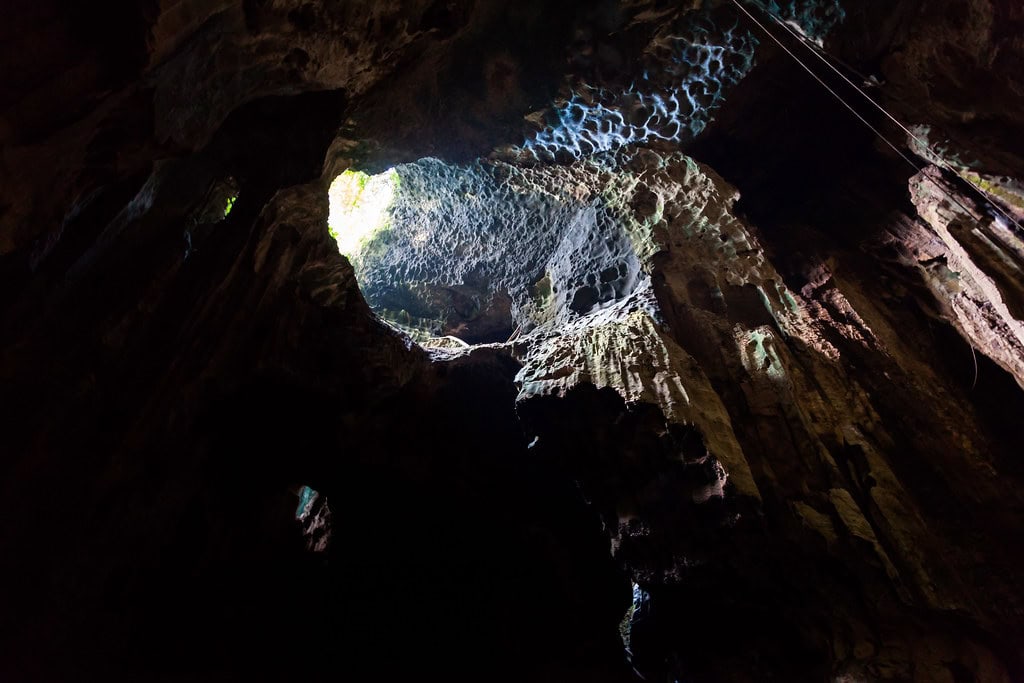
Gomantong Cave is situated in the eastern part of Sabah, Malaysian Borneo, approximately 30 kilometers south of Sandakan. The cave system consists of two main chambers: the larger Black Cave (Simud Hitam) and the more remote White Cave (Simud Putih). Together, they form one of Southeast Asia’s most extensive limestone cave networks, spanning approximately 3 kilometers in length with ceilings that soar up to 90 meters high.
The cave’s immense size creates a complex internal environment with unique air currents, temperature gradients, and potentially unusual electromagnetic fields. Formed over millions of years through the erosion of limestone by water, the cave’s complex topography creates a labyrinth of passages, chambers, and hidden recesses that contribute to its disorienting effect on certain bird species.
The Birds Affected by the Cave’s Influence

Several bird species interact with Gomantong Cave, but the most notably affected are the swiftlets (primarily the Black-nest Swiftlet and the White-nest Swiftlet) and some bat species that inhabit the cave. These swiftlets are famous for building nests made almost entirely of their saliva, which are harvested for the Chinese delicacy bird’s nest soup. Other occasional visitors include various migratory birds that may accidentally enter the cave during their journeys.
What makes these birds particularly vulnerable to the cave’s disorienting effects is their heavy reliance on precise navigational abilities for daily activities and seasonal migrations. The swiftlets must navigate in near-total darkness within the cave to locate their nesting sites, using a form of echolocation similar to bats. When this navigational system is disrupted, the consequences can be immediate and sometimes fatal.
How Birds Navigate Normally
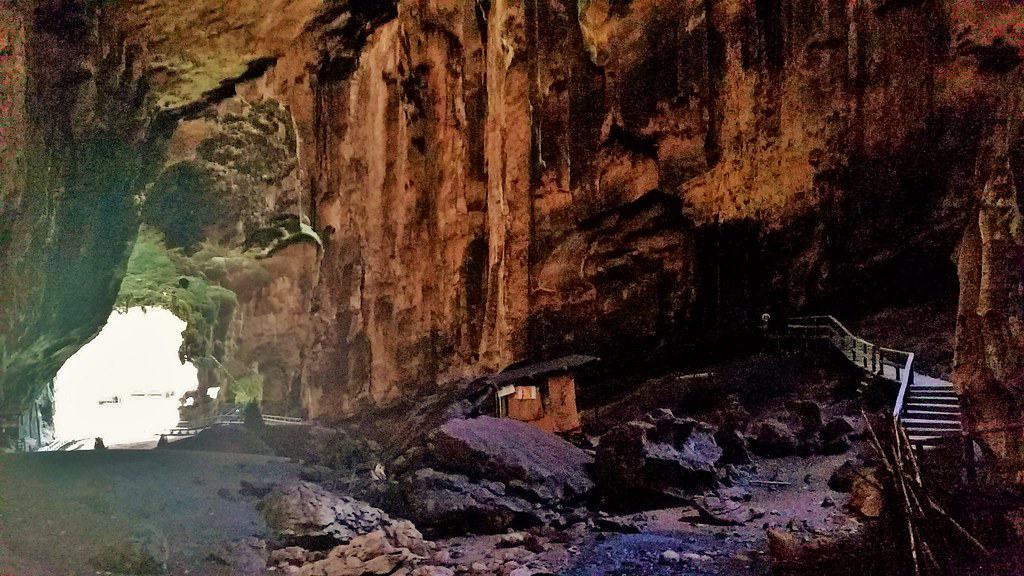
To understand why Gomantong Cave’s properties are so disruptive, we must first understand how birds typically navigate. Birds possess several sophisticated navigational systems that work in concert. Many species can detect Earth’s magnetic field through specialized cells containing magnetite in their beaks and eyes, essentially giving them a biological compass.
They also navigate using visual landmarks, celestial cues from the sun and stars, and even olfactory information from environmental scents. Swiftlets and other cave-dwelling birds have developed echolocation, producing clicking sounds that bounce off surfaces to create a sonic map of their surroundings. This multi-sensory approach to navigation is remarkably precise under normal circumstances, allowing migratory birds to travel thousands of miles and return to the exact same locations year after year. However, this sophisticated system can be vulnerable to disruption when one or more of these sensory inputs becomes confused or blocked.
The Disorientation Phenomenon Observed
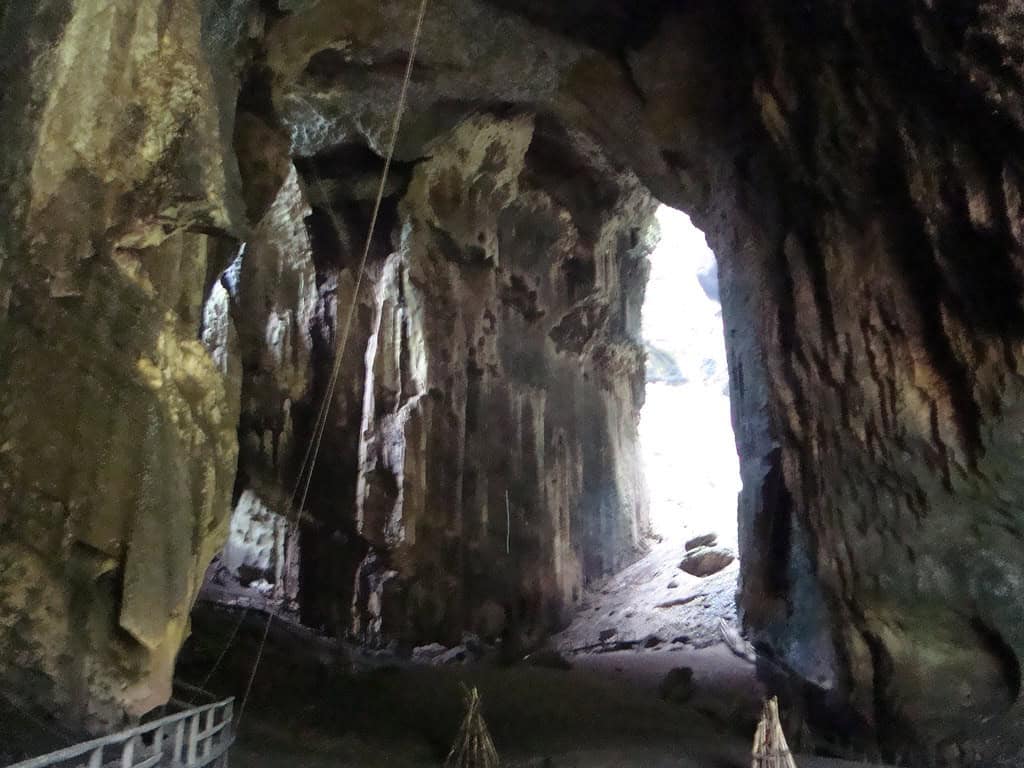
Researchers and local guides have documented numerous instances of bird disorientation within and around Gomantong Cave. Birds that normally navigate the cave’s interior with precision can suddenly appear confused, flying in erratic patterns, colliding with walls, or becoming unable to locate their nests despite having done so successfully countless times before. In more extreme cases, birds have been observed flying in continuous circles, unable to establish a consistent direction, eventually becoming exhausted.
Some birds appear to recover their navigational abilities once they exit the cave or move to certain areas within the cavern system, suggesting the disorienting effect is localized to specific regions. Local guides report that the phenomenon seems more pronounced during certain weather conditions or times of day, adding another layer of complexity to the mystery. These observations have been consistent enough over the years to establish a pattern that demands scientific explanation.
Scientific Theories Behind the Disorientation
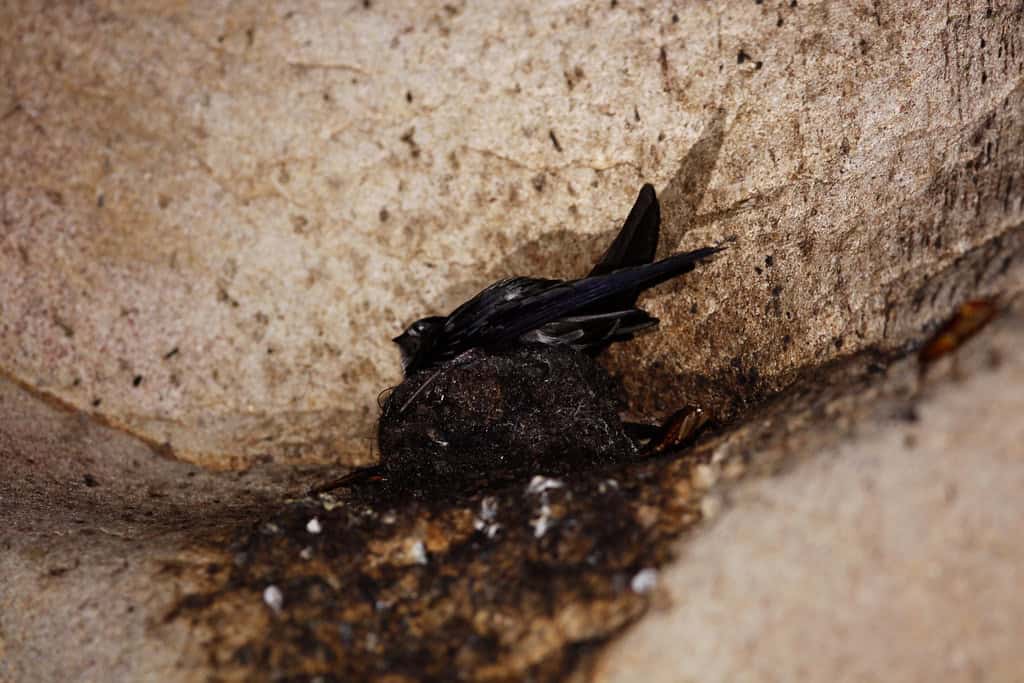
Several scientific theories have been proposed to explain the cave’s disorienting effect on birds. The most prominent theory involves magnetic anomalies within the cave system. Limestone formations containing iron deposits may create localized variations in the magnetic field, essentially creating “magnetic dead zones” or areas of conflicting magnetic signals that confuse the birds’ internal compass. Another theory suggests that the unique acoustic properties of the cave’s chambers might interfere with echolocating birds by creating sound reflections and echoes that provide misleading spatial information.
Some researchers have proposed that gases released from the enormous amount of guano (bird and bat droppings) accumulated on the cave floor may affect the birds’ neurological functions, temporarily impairing their navigational abilities. The cave’s complex air currents might also disrupt the olfactory cues some birds use for navigation. Most likely, the disorientation results from a combination of these factors rather than a single cause, creating a perfect storm of navigational confusion for the affected birds.
Magnetic Field Disturbances
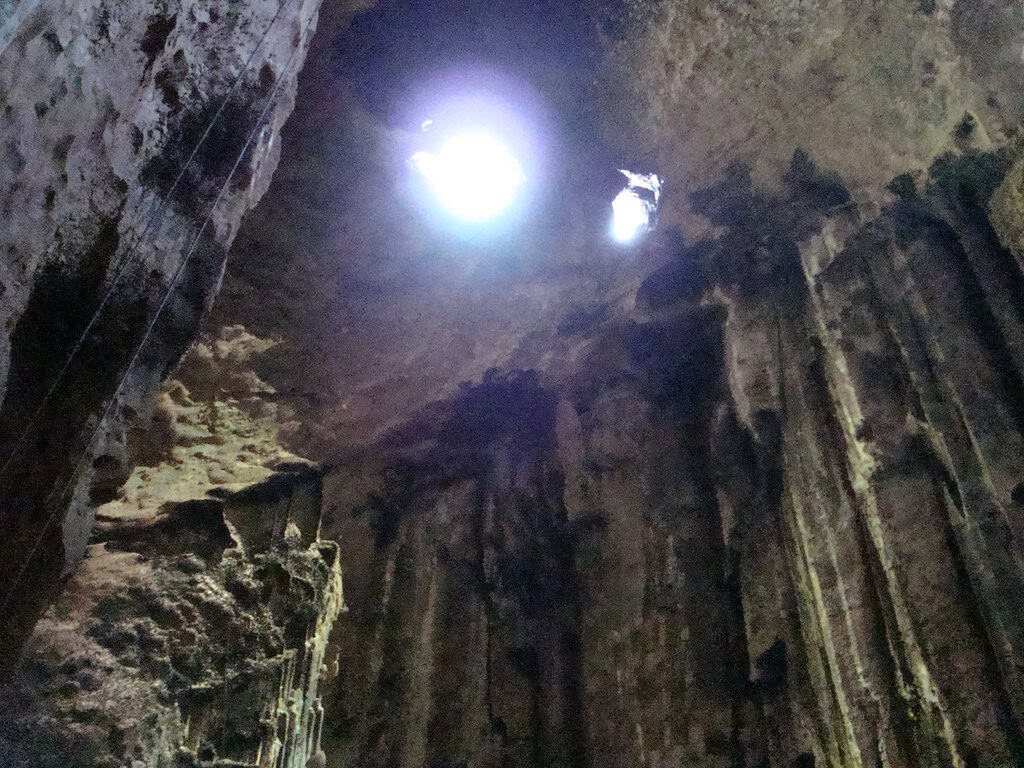
The magnetic anomaly theory deserves special attention as the most scientifically supported explanation. Geologists have measured significant magnetic variations within Gomantong Cave, particularly in areas where birds show the most disorientation. The cave’s limestone contains varying concentrations of iron-rich minerals that can create localized magnetic fields different from Earth’s normal geomagnetic field. When birds fly through these areas, their magnetoreception system receives conflicting or chaotic information. It’s similar to a compass needle spinning erratically rather than pointing steadily north.
Studies using sensitive magnetometers have mapped several “magnetic anomaly zones” within the cave that correspond with areas where bird disorientation is most frequently observed. This correlation provides compelling evidence for the magnetic disruption theory. Additionally, experiments with artificially created magnetic fields of similar strength have produced comparable disorientation in laboratory birds, further supporting this explanation. The magnetic disruption may be particularly problematic during certain solar activities that already cause fluctuations in Earth’s magnetic field, explaining why the disorientation seems more pronounced at certain times.
Acoustic Challenges Within the Cave

The acoustic environment of Gomantong Cave presents another significant challenge to birds, especially echolocating swiftlets. The cave’s massive chambers, narrow passages, and irregular surfaces create a complex acoustic landscape where sound waves bounce, amplify, distort, and cancel each other in unpredictable ways. For swiftlets that rely on precise sound reflections to navigate in darkness, these acoustic anomalies can effectively create an audio hall of mirrors, making it nearly impossible to interpret spatial information correctly.
Sound recordings within the cave have revealed unusual acoustic patterns, including standing waves and resonance phenomena at frequencies that overlap with the birds’ echolocation range. The acoustic complexity increases during rainstorms when water droplets create additional sound reflections and when thousands of bats and birds are simultaneously producing calls, creating a cacophony of overlapping signals. Some sections of the cave act as natural amplifiers, while others dampen sounds, creating dramatic transitions in acoustic properties that further challenge the birds’ ability to navigate consistently through different areas of the cave system.
The Impact of Atmospheric Conditions
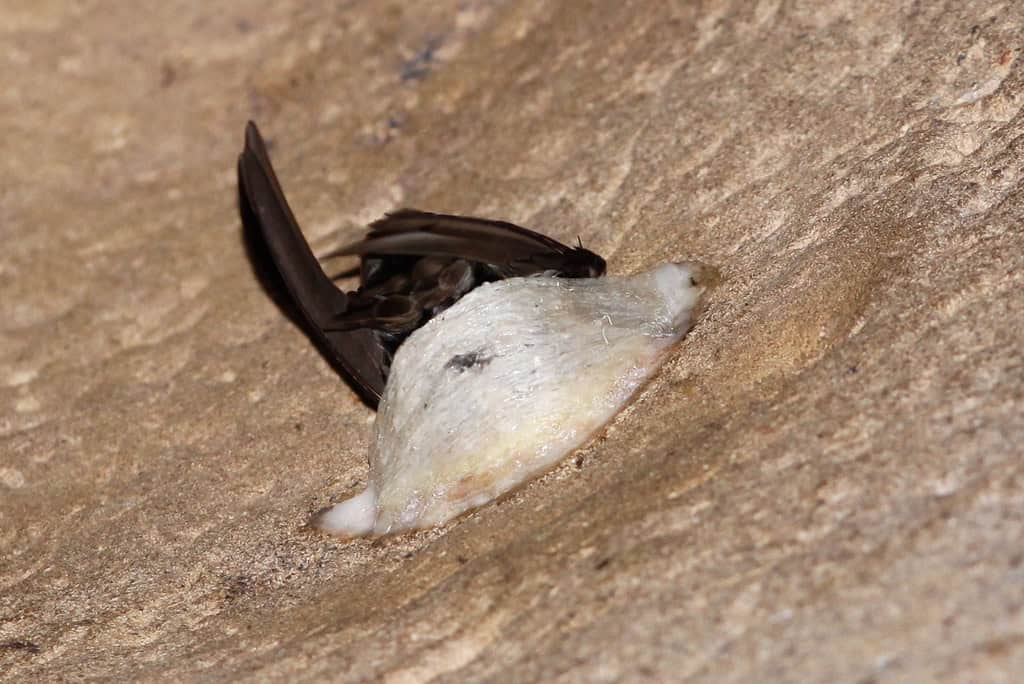
Atmospheric conditions within and around Gomantong Cave add another dimension to the navigational challenges birds face. The cave maintains a relatively stable internal microclimate, but significant variations occur at different heights, in side chambers, and near openings. These variations create complex air currents and temperature gradients that can affect how sound travels and potentially disrupt the birds’ ability to use air pressure and temperature cues for navigation. During heavy rainfall, which is common in this tropical region, the atmospheric pressure changes rapidly, and high humidity affects how sound waves propagate through the air.
Local guides have noted increased bird disorientation during dramatic weather changes, suggesting atmospheric conditions play a role in the phenomenon. Additionally, the massive amount of decomposing guano generates various gases, including methane, ammonia, and carbon dioxide, which rise in columns through the cave. These gas columns may create “invisible barriers” with different air densities that affect sound transmission and potentially disrupt olfactory navigation cues. The complex interaction between these atmospheric factors creates additional navigational challenges that compound the magnetic and acoustic issues already present.
Evolutionary Adaptations and Coping Mechanisms

Despite these navigational challenges, many birds have developed remarkable adaptations to cope with Gomantong Cave’s disorienting properties. Resident swiftlet populations appear to have evolved more robust navigational redundancies than their non-cave-dwelling relatives. They rely less exclusively on magnetic cues and have enhanced their echolocation abilities to function in the cave’s challenging acoustic environment. Experienced birds seem to develop mental maps of the problematic areas and adjust their flight paths to avoid the most disorienting sections when possible.
Researchers have observed that young birds suffer more frequently from disorientation than adults, suggesting a learning component to successful navigation within the cave. Some birds have adapted by flying in groups, potentially using collective navigation to reduce individual disorientation risk. When temporary disorientation occurs, many birds have developed recovery behaviors, such as flying to the cave walls to reorient themselves using tactile information or heading toward light sources at cave entrances. These adaptations showcase the remarkable evolutionary responses to this unique environmental challenge, though they don’t completely eliminate the disorientation problem.
Conservation Implications

The navigational challenges posed by Gomantong Cave have significant conservation implications. The affected swiftlet species are already facing population pressures due to nest harvesting for bird’s nest soup, habitat loss, and climate change. The additional stress of navigational difficulties could further impact population viability, especially if disorientation leads to increased mortality or reduced breeding success. Conservation efforts must consider how human activities might exacerbate the natural disorientation factors. For example, artificial lighting installed for tourists or nest harvesters can further confuse the birds’ navigation systems.
The cave’s delicate ecosystem also faces threats from tourism development, harvesting activities, and environmental changes that could alter the already complex navigational environment. Conservationists are working to implement management practices that minimize additional stressors while maintaining the economic benefits the cave provides to local communities through sustainable nest harvesting and ecotourism. Long-term monitoring of bird populations and their behavioral responses to the cave’s disorienting properties is essential for developing effective conservation strategies that protect these unique cave-adapted birds.
Similar Phenomena Worldwide

While Gomantong Cave presents perhaps the most studied example of bird disorientation in a natural cave system, similar phenomena have been observed in other locations worldwide. The Mulu Caves in Sarawak, Malaysia experience comparable effects on their resident swiftlet populations. In New Mexico, Carlsbad Caverns hosts large bat populations that occasionally display disorientation patterns similar to those seen in the Malaysian caves. Researchers have also documented bird disorientation near certain mountain ranges with high iron content, around electromagnetic antenna arrays, and during solar storms that cause geomagnetic fluctuations.
These comparative examples provide valuable data points for understanding the Gomantong phenomenon. However, what makes Gomantong particularly noteworthy is the consistency and concentration of its disorienting effects. The combination of its specific geological composition, size, acoustic properties, and resident bird populations creates an exceptional natural laboratory for studying animal navigation. By comparing different sites where similar disorientation occurs, scientists can isolate key factors and better understand the underlying mechanisms affecting bird navigation in these challenging environments.
Research Challenges and Future Studies

Studying the disorientation phenomenon at Gomantong Cave presents numerous research challenges. The cave’s remote location, difficult interior terrain, and protected status limit the types of equipment and experimental setups researchers can deploy. Ethical considerations also restrict the kind of interventions scientists can perform with the affected bird populations. Despite these constraints, researchers are developing innovative approaches to advance our understanding. New miniaturized tracking devices allow scientists to monitor individual birds’ movements within the cave without causing undue stress.
Advanced geomagnetic mapping techniques are being employed to create more detailed maps of the cave’s magnetic landscape. Acoustic modeling software is helping to simulate and understand the complex sound environment birds navigate through. Future research directions include investigating the neurological basis of disorientation by examining brain activity in affected birds, conducting controlled experiments with magnetic fields in laboratory settings, and exploring how climate change might alter the cave’s properties and consequently affect bird navigation. Interdisciplinary collaboration between ornithologists, geologists, physicists, and conservation biologists offers the most promising path toward unraveling this fascinating natural mystery.
Conclusion: A Window into Avian Navigation
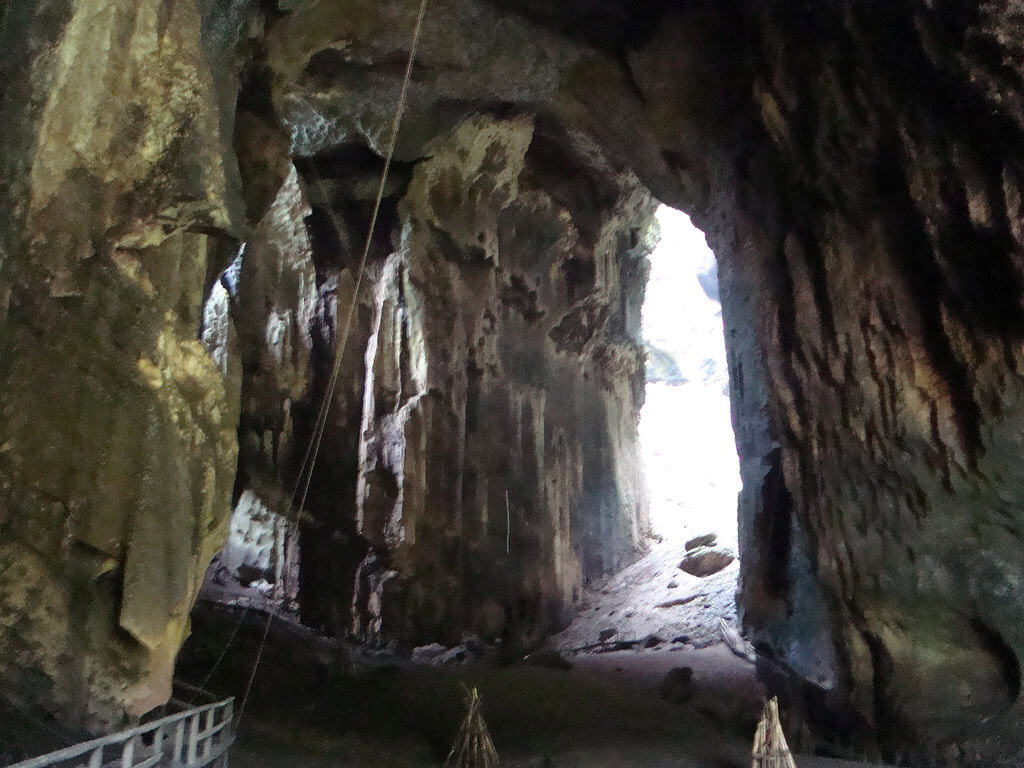
Gomantong Cave represents a remarkable natural laboratory that continues to provide valuable insights into the complex mechanisms of avian navigation. The disorientation phenomenon observed in this Malaysian cave system highlights both the sophistication and vulnerability of birds’ navigational systems when confronted with unusual environmental conditions. By studying how and why birds lose their sense of direction in this unique setting, scientists gain a deeper understanding of the fundamental principles underlying animal navigation throughout the natural world.
Beyond its scientific importance, the Gomantong phenomenon reminds us of the delicate balance that exists in specialized ecosystems and the need for thoughtful conservation approaches that protect both the distinctive geological features and the wildlife that has adapted to these challenging environments. As research continues, this mysterious cave may yet reveal more secrets about the remarkable navigational abilities that allow birds to traverse our planet with such precision and the environmental factors that can disrupt these natural capabilities.
- Could Rising Oceans Swallow Miami by Mid-Century? - August 13, 2025
- You’ve Heard Daddy Longlegs Are the Most Venomous Spiders, But That’s Not True - August 13, 2025
- The Fastest Land Animal You’ve Never Heard Of (It’s NOT a Cheetah!) - August 13, 2025

